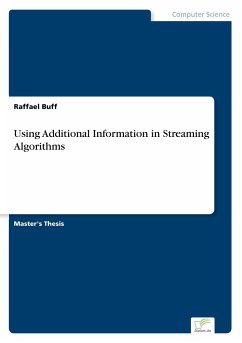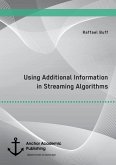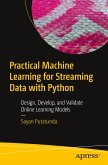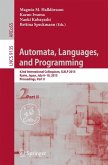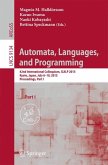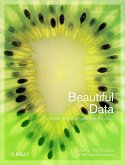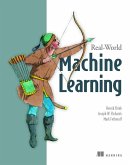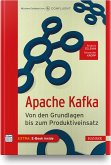Streaming problems are algorithmic problems that are mainly characterized by their massive input streams. Because of these data streams, the algorithms for these problems are forced to be space-efficient, as the input stream length generally exceeds the available storage. In this thesis, the two streaming problems most frequent item and number of distinct items are studied in detail relating to their algorithmic complexities, and it is compared whether the verification of solution hypotheses has lower algorithmic complexity than computing a solution from the data stream. For this analysis, we introduce some concepts to prove space complexity lower bounds for an approximative setting and for hypothesis verification. For the most frequent item problem which consists in identifying the item which has the highest occurrence within the data stream, we can prove a linear space complexity lower bound for the deterministic and probabilistic setting. This implies that, in practice, this streaming problem cannot be solved in a satisfactory way since every algorithm has to exceed any reasonable storage limit. For some settings, the upper and lower bounds are almost tight, which implies that we have designed an almost optimal algorithm. Even for small approximation ratios, we can prove a linear lower bound, but not for larger ones. Nevertheless, we are not able to design an algorithm that solves the most frequent item problem space-efficiently for large approximation ratios. Furthermore, if we want to verify whether a hypothesis of the highest frequency count is true or not, we get exactly the same space complexity lower bounds, which leads to the conclusion that we are likely not able to profit from a stated hypothesis. The number of distinct items problem counts all different elements of the input stream. If we want to solve this problem exactly (in a deterministic or probabilistic setting) or approximately with a deterministic algorithm, we require once again linear storage size which is tight to the upper bound. However, for the approximative and probabilistic setting, we can enhance an already known space-efficient algorithm such that it is usable for arbitrarily small approximation ratios and arbitrarily good success probabilities. The hypothesis verification leads once again to the same lower bounds. However, there are some streaming problems that are able to profit from additional information such as hypotheses, as e.g., the median problem.
Bitte wählen Sie Ihr Anliegen aus.
Rechnungen
Retourenschein anfordern
Bestellstatus
Storno

